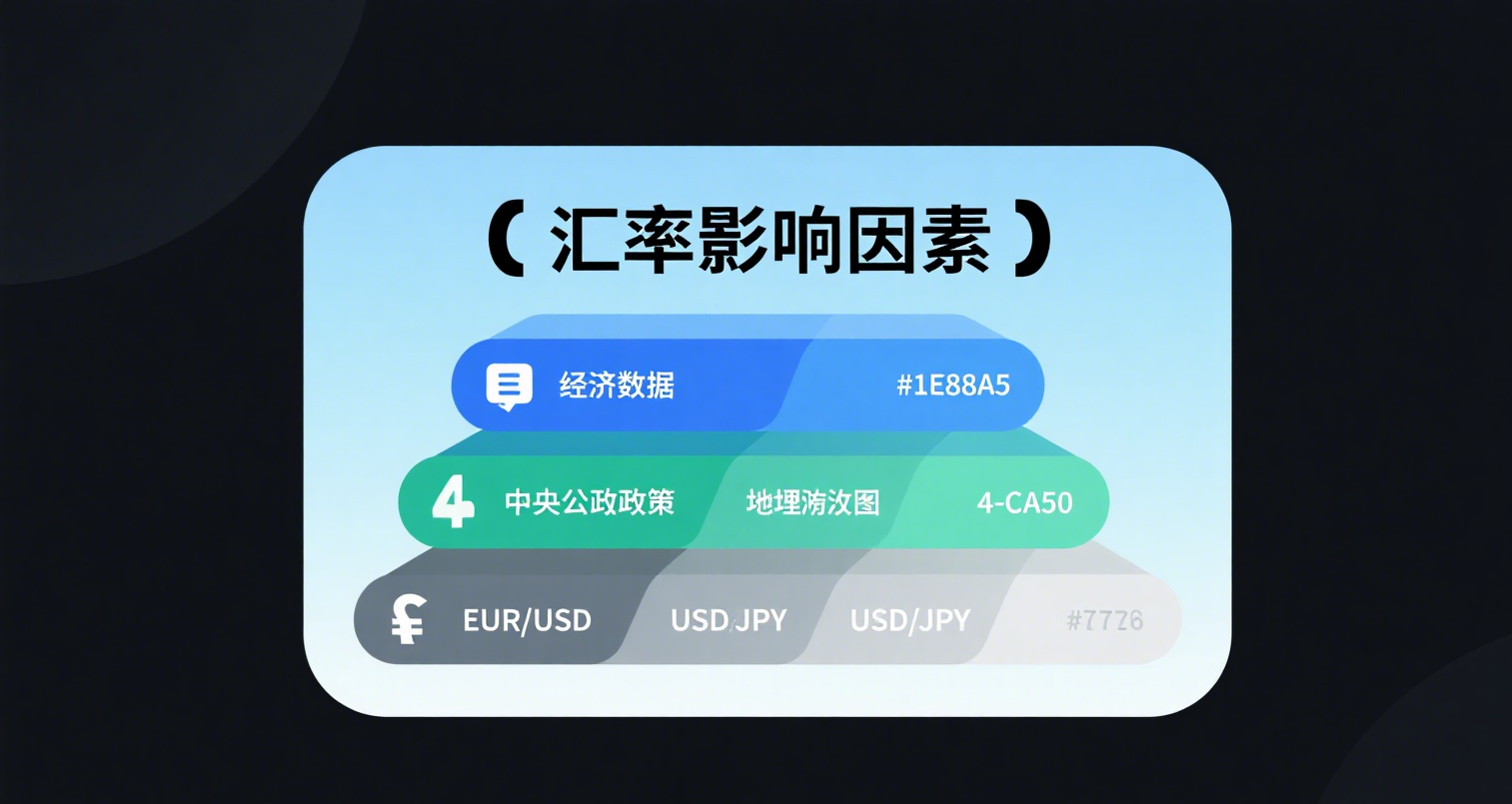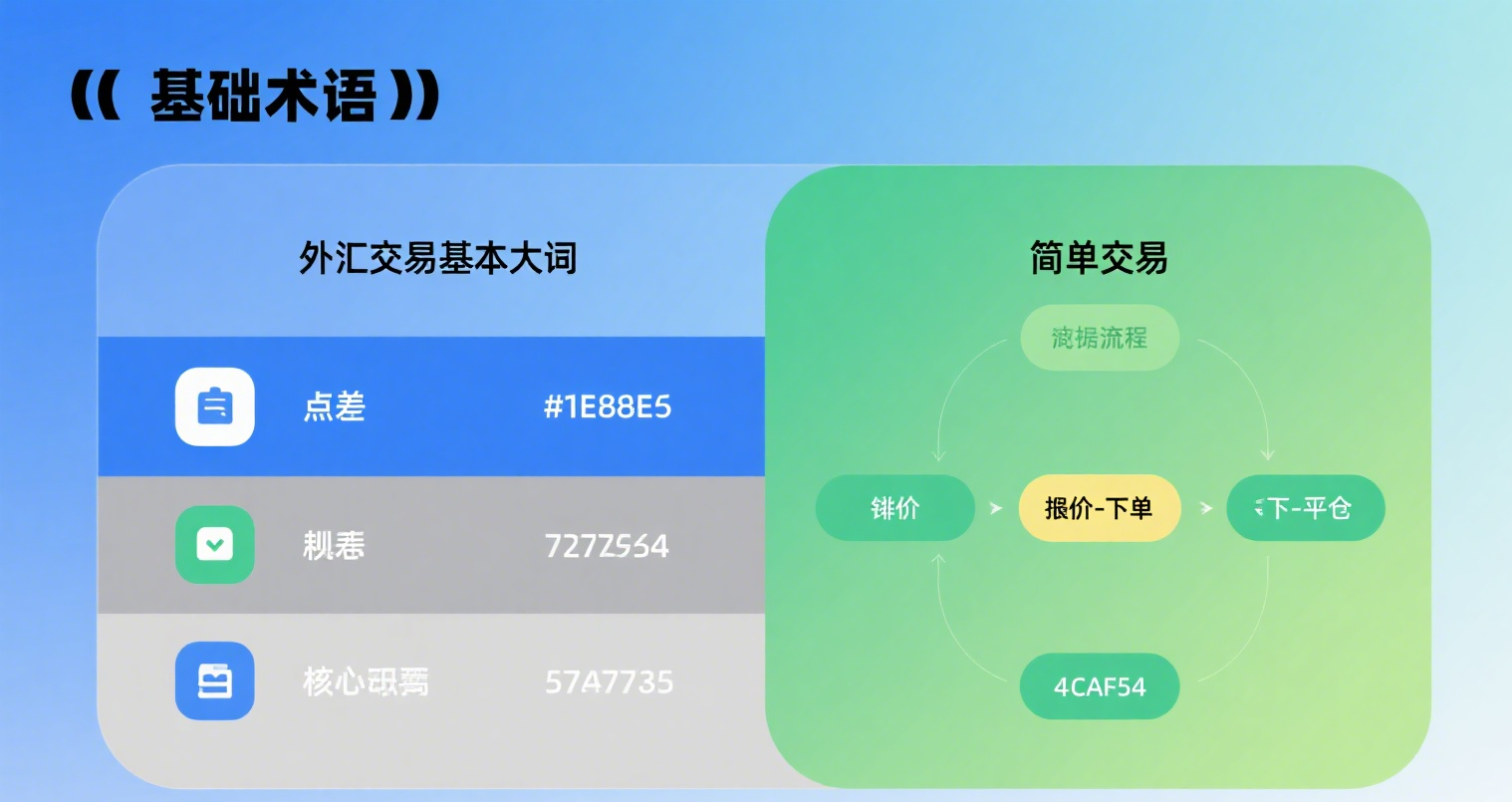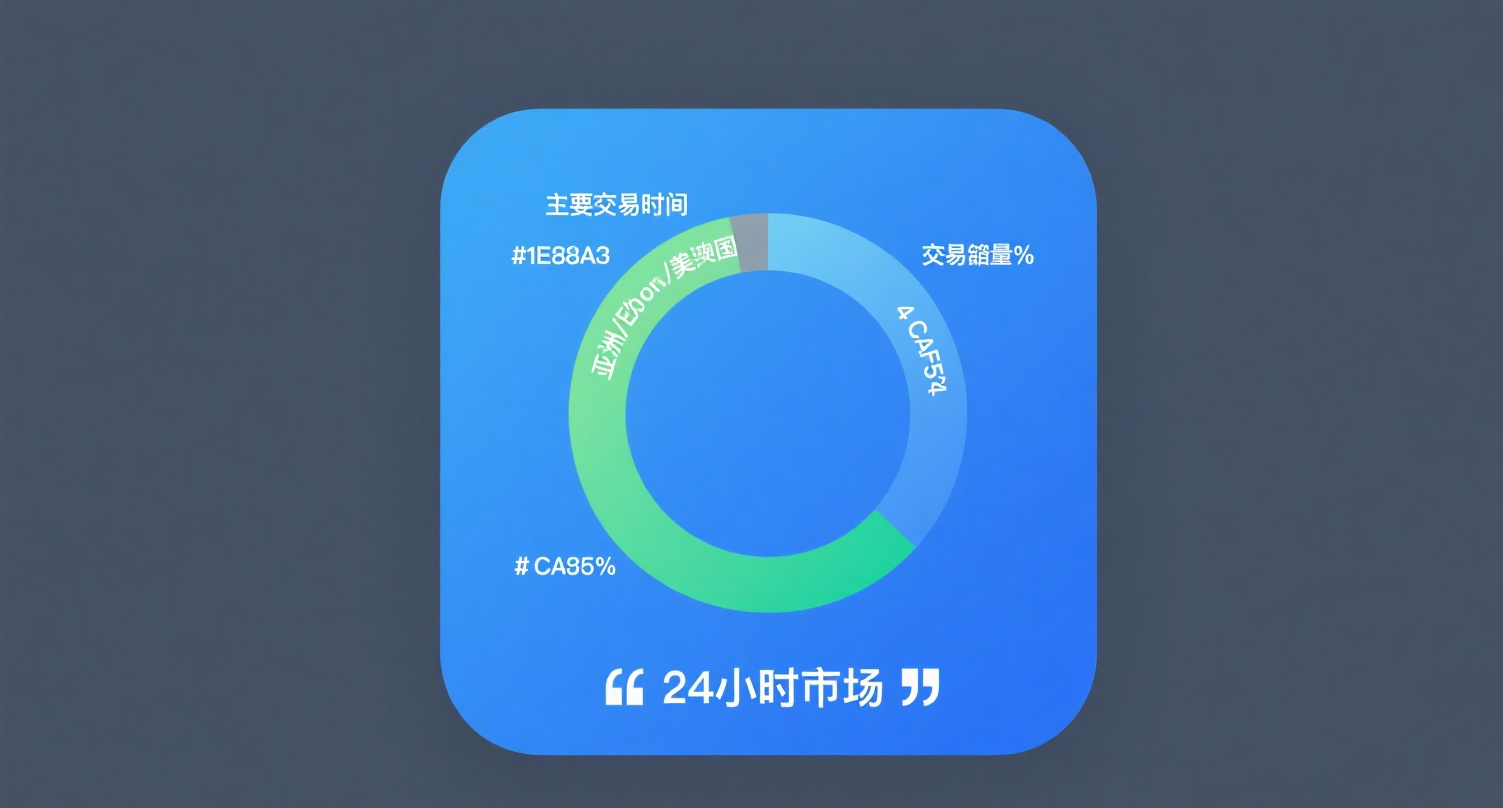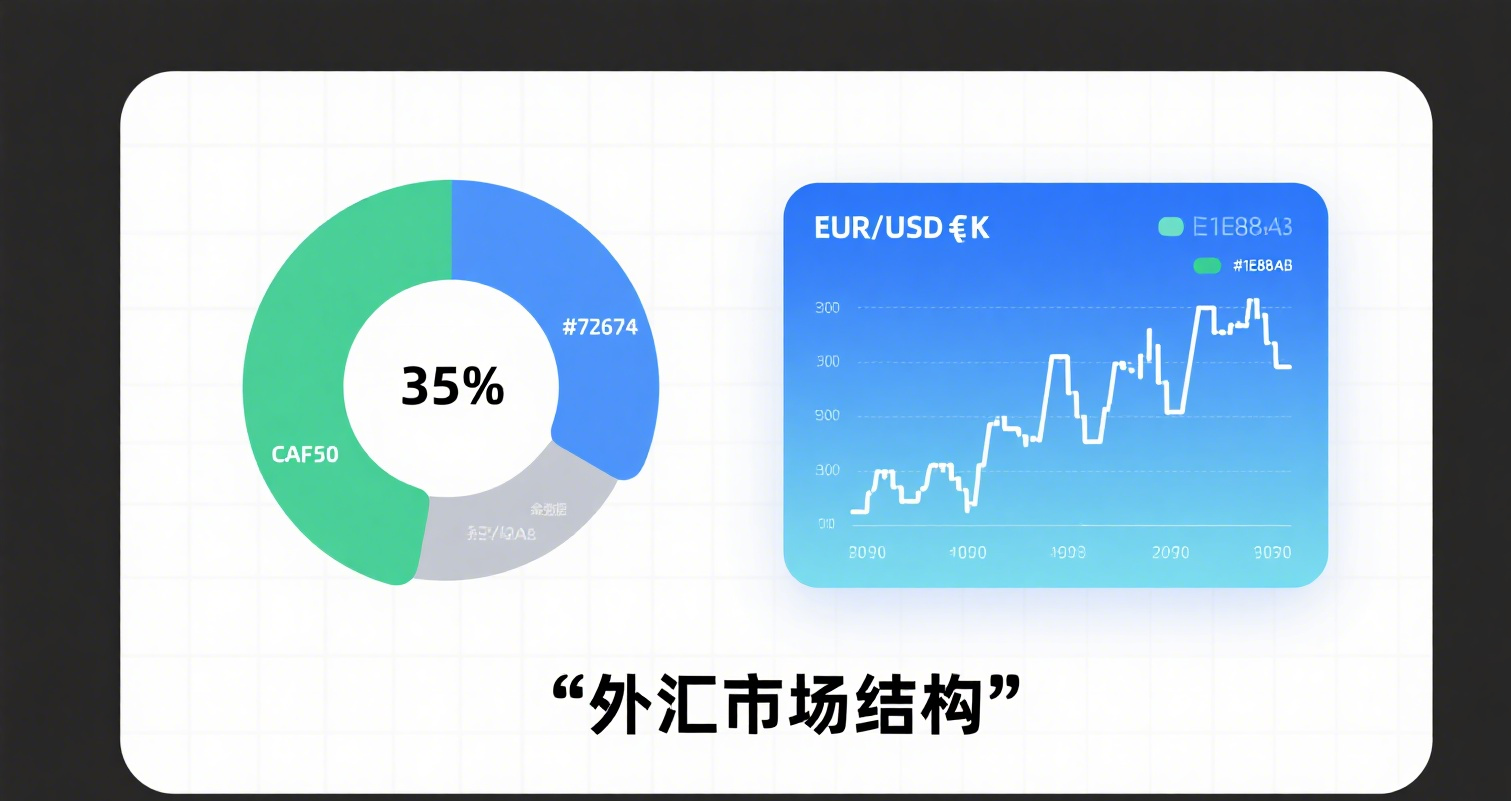
Categories of Index Products in the Domestic Market
Currently, domestic index products are divided into open-end index funds, LOFs, ETFs, and ETF feeder funds based on their trading mechanisms, each with distinct features in terms of product structure and mechanisms.
LOF (Listed Open-Ended Fund)
Is a type of open-end fund that can be listed and traded on an exchange.
The main differences between LOFs and ETFs are:
1) ETFs exchange a basket of securities and shares during subscriptions and redemptions, while LOFs use cash as the consideration;
2) LOFs can either passively track an index or actively select stocks, and they have lower subscription thresholds.
ETF (Exchange Traded Fund)
Is a type of open-end index fund that combines the advantages of closed-end funds (real-time trading within the same day) and open-end funds (flexible subscriptions and redemptions).
ETF feeder funds are index funds that invest in ETFs.
Many fund companies issue ETF feeder funds alongside ETFs to facilitate small and medium-sized investors in subscribing and redeeming outside the exchange market.
Like ordinary open-end funds, ETF feeder funds use the daily closing net asset value for subscriptions and redemptions and do not support real-time trading.
















